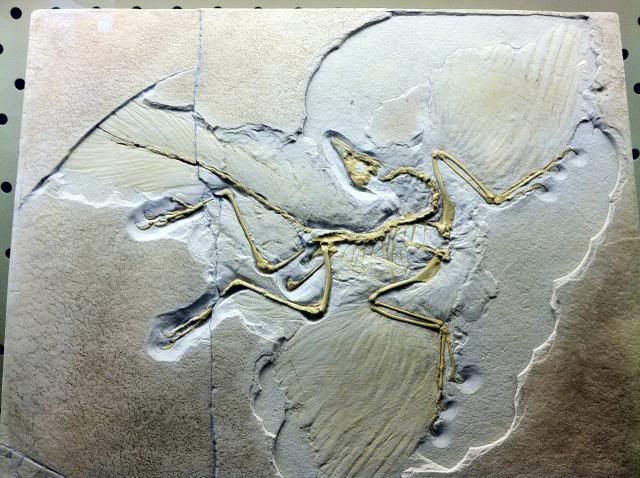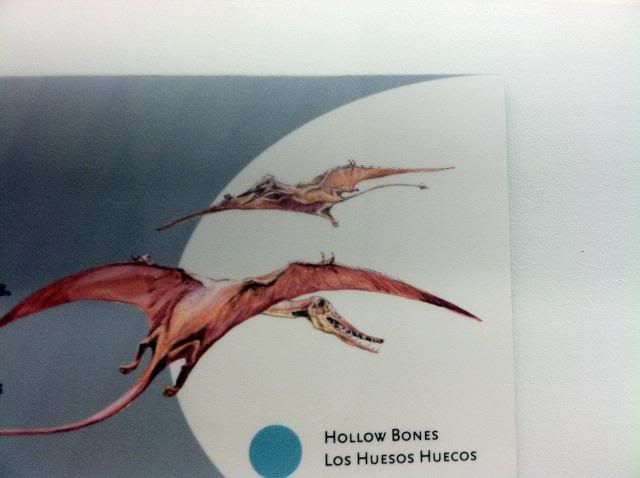Last month’s challenge only lasted a day, because tuxbox was able to guess the correct answer with ease.
Dire Wolf
This critter is indeed a dire wolf (Canis dirus).

(Taken at the New Mexico Museum of Natural History and Science)
Dire wolves lived throughout North America and parts of South America during the Pleistocene 240,000 to 10,000 years ago, most likely evolving in North America. Dire wolves would have been one of the top predators during this time and may have prayed upon a few previous challenges. Dire wolves were most likely pack hunters like their modern wolf counterparts. It was also once thought that they were bone crushers, because of their large and robust size, but lack specialized teeth for such a task.

(Taken at the New Mexico Museum of Natural History and Science)
The average size for dire wolves is ~1.5 meters in length and a weight of 79 kilograms. This makes it roughly the same size as a modern gray wolf (Canis lupus), but far more robust. It would have had more muscles, including larger jaw muscles, and larger canine teeth than modern gray wolves. Dire wolves also had larger skulls, but shorter legs than gray wolves. The more muscular build and larger bones on the dire wolves would have helped it take down the larger prey animals alive during the Pleistocene. However, once those large prey animals started to die out, the smaller gray wolf would have been able to outcompete the dire wolf for the smaller game left in North and South America.
Moving on to this month’s challenge:

(Taken at the New Mexico Museum of Natural History and Science)
Good luck to all that participate.

















